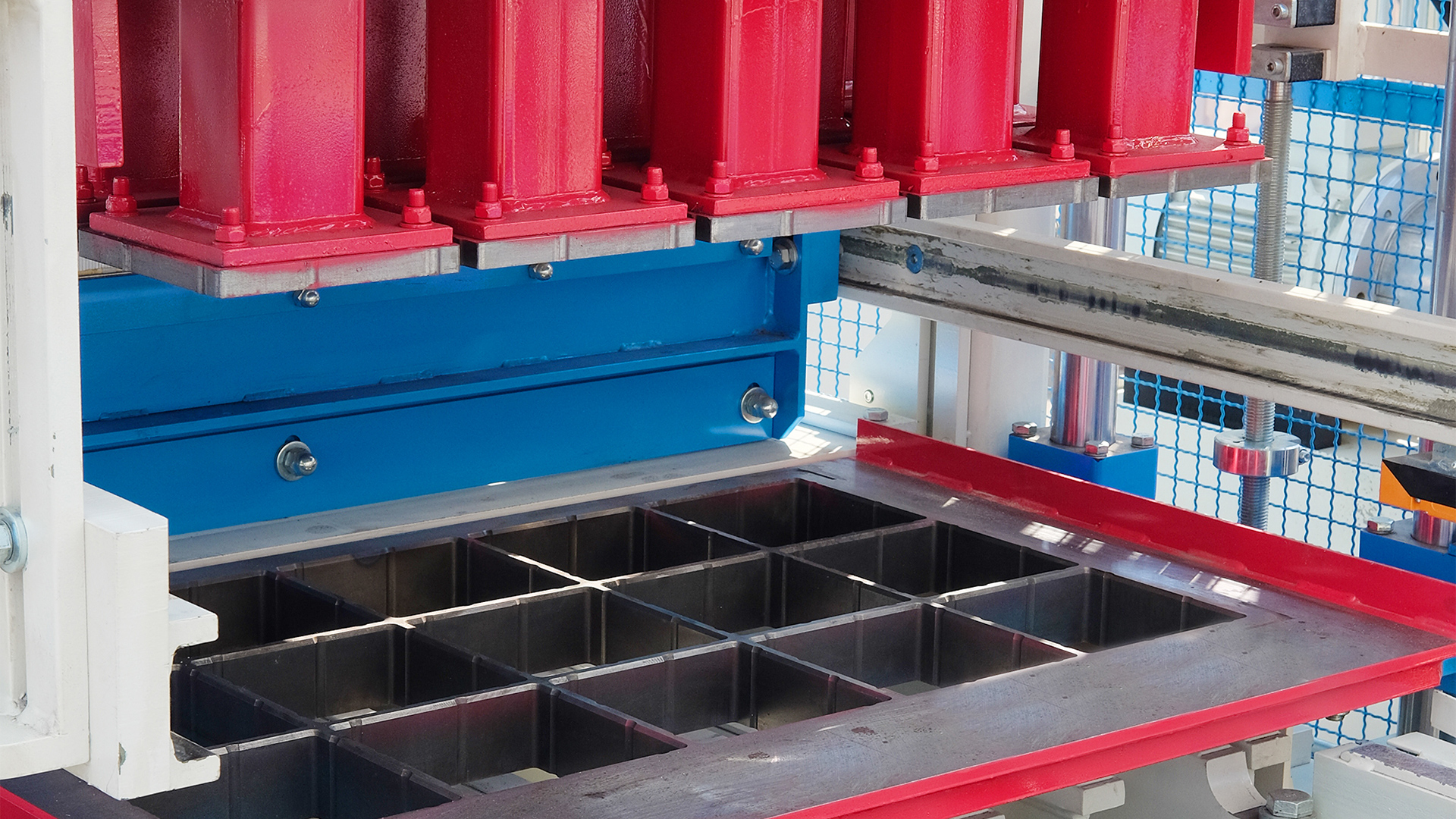FASTCOMPANY: With an annual budget of close to $500 billion, when the U.S. Department of Defense changes how it decides what products to buy, manufacturers listen. The department is testing a new system that would require suppliers to report the total environmental effects of each product throughout its lifecycle—from water use in manufacturing to the carbon footprint of how it's used.
It's one of several major government agencies and corporations that are starting to consider sustainability as part of the "total cost of ownership" of the products they buy. In a new report, the nonprofit CDP reports that 77% of the world's largest companies now engage with suppliers on climate change strategies.

"The largest companies in the world are definitely seeing this opportunity and beginning to act on this opportunity," says Dexter Galvin, the head of CDP's supply chain program.
When new procurement policies focus on sustainability, it pushes suppliers to innovate. Hewlett Packard Enterprise, for example, designed new servers based on the guidance from the Department of Defense. Depending on the task, the servers can use as much as 90% less energy during use; they're also much smaller, using just 10% of the space of a normal server.
If all servers around the world were replaced with the same type of extreme low-energy equipment, CDP calculated that it could cut annual greenhouse gas emissions by up to 100 million tons (roughly the same amount as taking 20 million cars off the road for a year). It could also save customers as much as $12 billion on energy bills.
Another DOD supplier, Lockheed Martin, came up with a new service program for satellites that can extend their life by several years. It eliminates the impacts of making replacement satellites, and again, saves money—an estimated $2.4 billion over a decade.

When cutting carbon costs involves selling fewer products, manufacturers are also starting focus on different business models. "A good example would be Rolls-Royce, who have moved to longer-term relationships with their customers," says Galvin. "It's much more around servicing the product that they're producing rather than selling more and more kit."
For huge corporations like Walmart, much of the carbon footprint of the products it sells come from manufacturing or consumer use; pressure on suppliers can help drive those emissions down. To date, by asking more than 1,000 suppliers to report on carbon emissions, the company has helped eliminate 28.2 million metric tons of CO2.
A 2015 executive order from the White House, which asked agencies to cut greenhouse gas emissions 40% over the next decade compared to 2008 levels, will save taxpayers an estimated $18 billion.